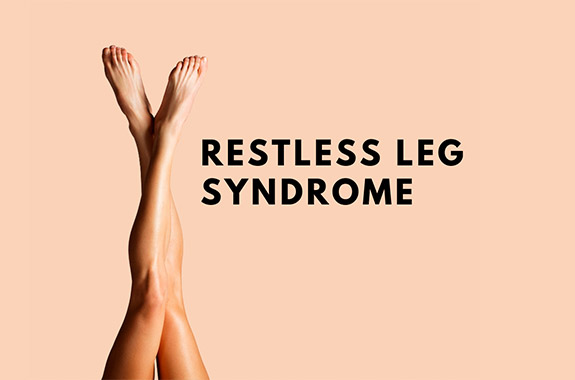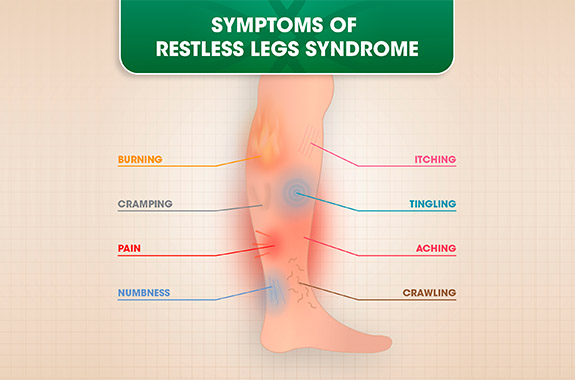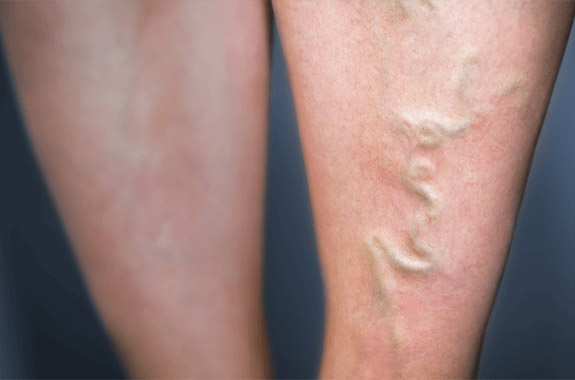What is restless legs syndrome?
It is estimated that up to 7-10 percent of the U.S. population may have RLS. RLS occurs in both men and women, although women are more likely to have it than men. It may begin at any age. Many individuals who are severely affected are middle-aged or older, and the symptoms typically become more frequent and last longer with age.




